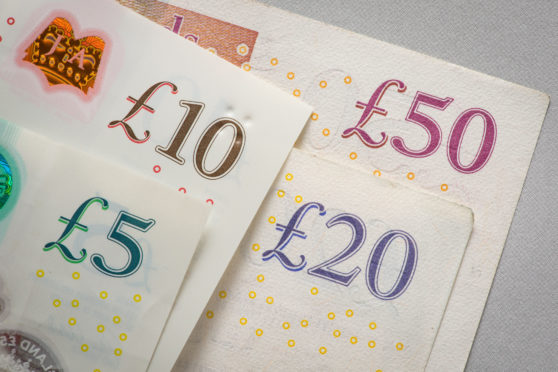
Banks must make sure no blameless scam victim who is tricked into transferring money to a fraudster is ever denied reimbursement again, Which? has urged.
The consumer champion said £674 is typically lost every minute to this “devastating” crime – with victims having faced a “gruelling battle” to get their money back for too long.
It is urging banks to reassure customers that they will be better protected against fraudsters by signing up to a new voluntary industry code taking effect from May 28.
Losses to bank transfer fraud are “spiralling out of control”, with £354 million lost in the last year alone – most of it stolen from personal accounts, Which? said.
People who are tricked into making a bank transfer themselves, perhaps because they believed an email, text or cold call from a fraudster was from a legitimate body such as a bank, a business or HM Revenue and Customs (HMRC), have ended up losing large amounts of money.
They may never see their cash again because they authorised their bank to make the transfer.
The new voluntary code aims to help strengthen standards for customer protection and reimbursement.
Firms signing up to it pledged to reimburse victims of these scams – known as authorised push payment (APP) fraud – in any scenario where the customer has met the minimum standards expected of them under the code.
Ahead of its launch, Which? has written to UK Finance demanding that the industry meets certain “tests” to ensure progress towards the overall goal of halting bank transfer scams.
It said last year, just 23% of losses were returned, meaning many victims were left out of pocket by increasingly sophisticated scams.
Gareth Shaw, head of money, Which?, said: “For too long, victims of bank transfer fraud have lost life-changing sums and subsequently faced a gruelling battle to get their money back.
“By adopting this code, banks must offer much greater protection to consumers, while quickly and fairly reimbursing those who are unfortunate enough to fall victim.
“Failure to do so will require swift intervention from the regulator – as these devastating scams can’t be allowed to derail lives any longer.”
The tests Which? wants to see include no blameless victim being left out of pocket again, and full refunds being issued swiftly.
Banks must show they are serious about protecting consumers by immediately agreeing a long-term funding solution for “no blame” refunds, Which? said.
Which? also wants to see banks publish victim and reimbursement figures on a regular basis to allow effective monitoring in the fight against transfer fraud.
Stephen Jones, chief executive, UK Finance, said: “It is vital that we get the right outcome for customers by ensuring that customers making payments are not penalised for the criminal actions of others even in circumstances where the payment services provider has done everything reasonably expected of it to protect the customer under the code.
“This is why the industry has committed to provide initial funding from the implementation of the code on May 28 until the end of 2019 to reimburse customers of signatory firms even in those situations where both the customer and their payment service provider meet the required standards set out in the code, the so-called ‘no blame’ scenario.
“This initial ‘no blame’ funding is intended to provide the necessary time for the industry to work with the regulators and Government to deliver sustainable long-term funding for this reimbursement fund by January 2020.
“We hope the Payment Systems Regulator will do everything in its power to support the industry to ensure a long-term solution can be introduced, including using its regulatory powers if required, to ensure a sustainable ‘no blame’ funding solution.”
He said the industry will continue to “fight fraud on every front” to protect customers.
Another initiative in the pipeline is “confirmation of payee” – a name-checking service which will make it easier for people sending payments to make sure they are going to the right recipient.
The Payment Systems Regulator has proposed that the UK’s six biggest banking groups, which are involved in around 90% of bank transfers, fully put the confirmation of payee measures in place by March 31 2020.
Confirmation of payee works by making sure the name of the account someone is sending money to matches the name they have entered.
Alerts will notify the payer when there has not been a match – meaning corrections can be made before the payment is sent rather than people trying to claw the money back after the cash has been transferred.

Enjoy the convenience of having The Sunday Post delivered as a digital ePaper straight to your smartphone, tablet or computer.
Subscribe for only £5.49 a month and enjoy all the benefits of the printed paper as a digital replica.
Subscribe